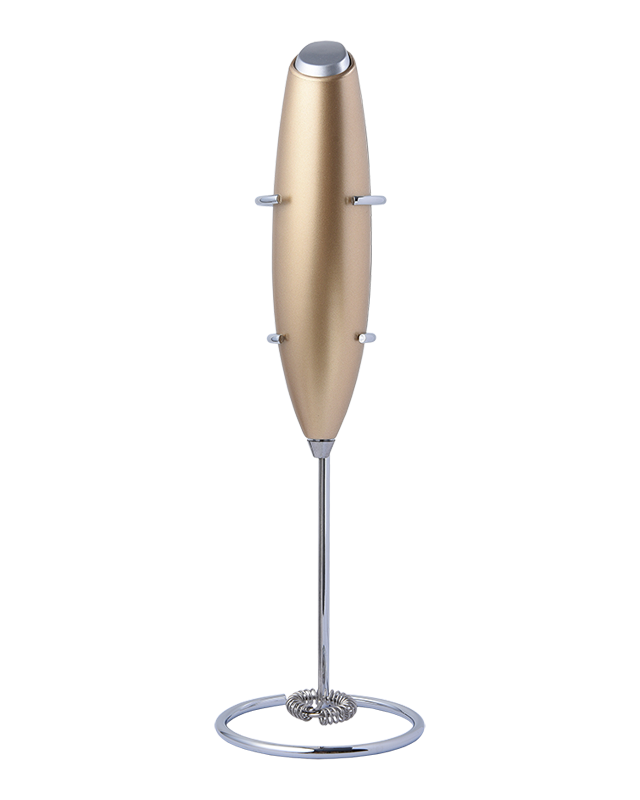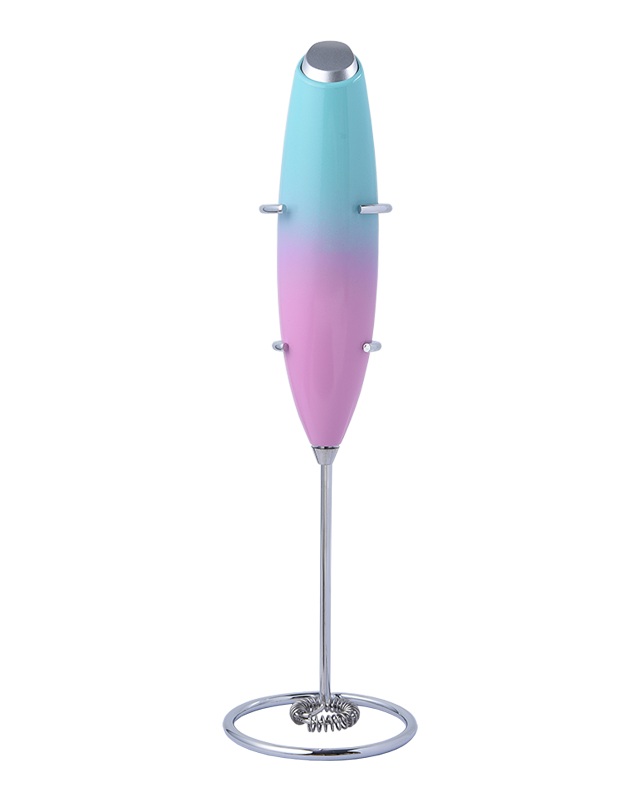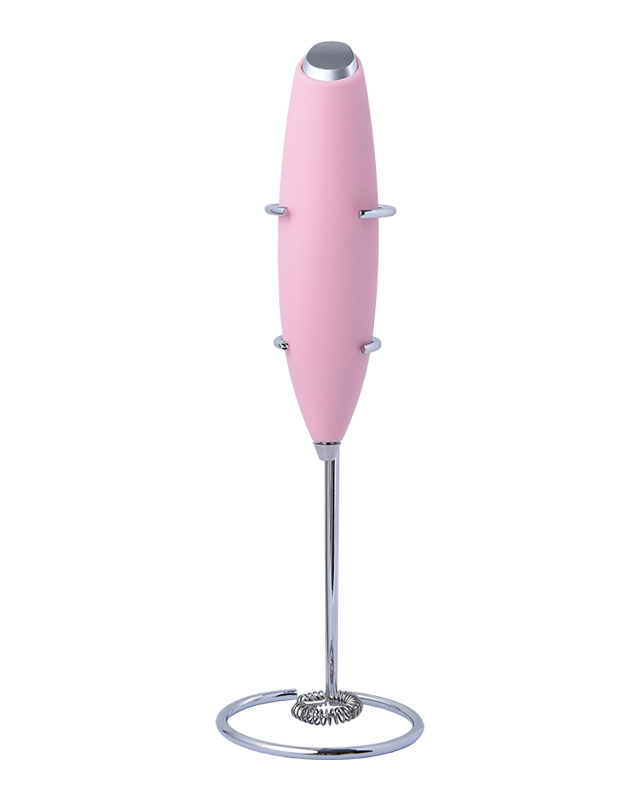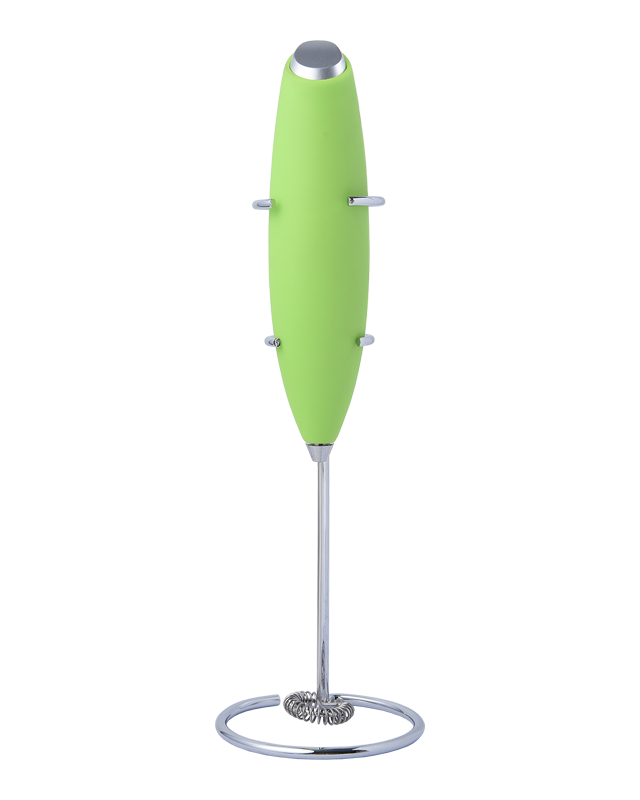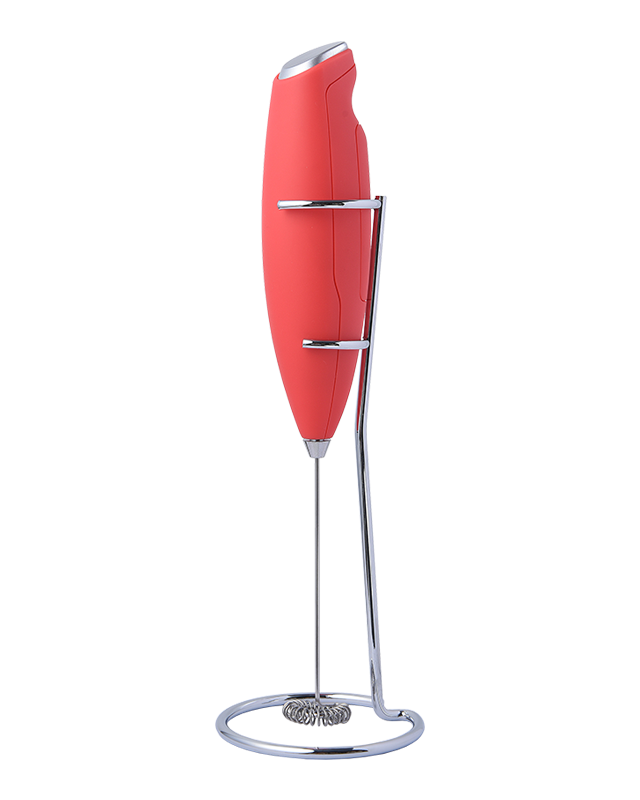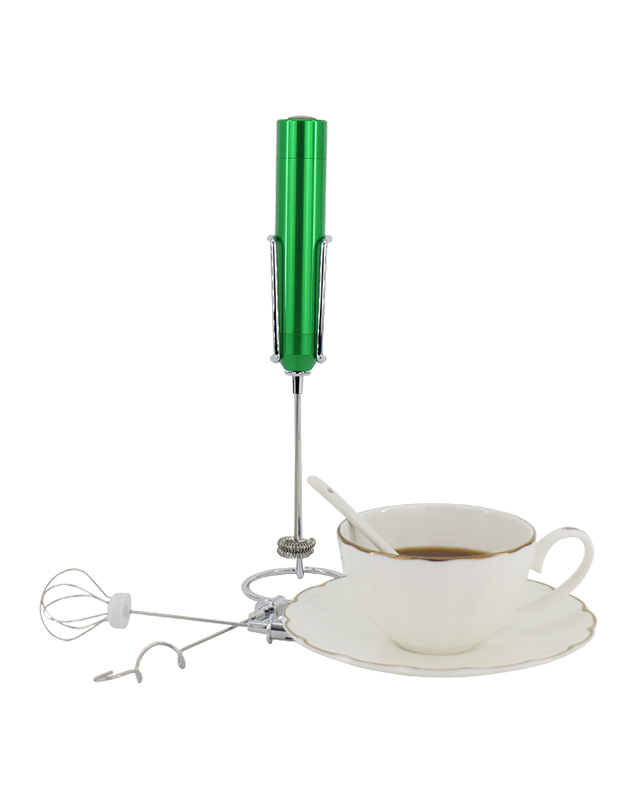-
Impact of Rotational Speed on Foam Quality: The rotational speed of Coffee Foam Mixer is fundamental to controlling the size and uniformity of air bubbles in the milk. Higher rotational speeds introduce more air rapidly, generating foam quickly, but excessive speed can produce oversized bubbles, creating unstable foam that collapses easily or separates from the liquid. Lower speeds may fail to introduce sufficient air, resulting in dense or flat foam with poor texture. By providing variable speed control, the mixer allows operators to adjust aeration according to milk type, fat content, temperature, and volume. This ensures precise microfoam formation, consistent bubble size, and a smooth, velvety texture suitable for latte art and professional coffee presentations.
-
Role of Torque in Maintaining Mechanical Control and Foam Stability: Torque determines the force applied by the mixer to overcome the resistance of milk against the whisk or mixing blade. A Coffee Foam Mixer with optimized torque ensures that high-viscosity or high-fat milks are agitated effectively without stalling the motor or producing uneven foam. Low torque may fail to adequately mix the liquid, leading to inconsistent aeration and large air pockets, whereas excessive torque can shear milk proteins, potentially causing curdling or breaking the foam’s structural integrity. Balancing torque with rotational speed maintains controlled shear forces that preserve protein structures and enable the formation of dense, creamy, and stable microfoam.
-
Influence of Mixing Duration and Time Control: Mixing time is critical in preventing over-aeration or under-aeration in milk. Overmixing a Coffee Foam Mixer can create fragile foam with large bubbles that collapses quickly, whereas undermixing produces dense, under-aerated milk foam that lacks volume and texture. Advanced mixers allow precise timing control, often combining initial high-speed bursts with subsequent slower, low-torque mixing to refine microbubble size and achieve uniform consistency. Adjusting mixing duration based on milk type, temperature, and volume ensures optimal aeration while minimizing the risk of protein destabilization and curdling.
-
Interplay Between Speed, Torque, and Time for Consistent Foam: The simultaneous optimization of speed, torque, and time is essential for producing professional-quality foam. Initial high-speed rotation introduces air, torque ensures proper mechanical mixing without protein damage, and carefully controlled timing allows the foam to develop full volume and stability. Sophisticated Coffee Foam Mixers may include feedback systems that detect resistance changes, automatically adjusting speed and torque to maintain uniform foam quality. This integrated approach ensures that every batch of milk achieves the desired microfoam density, smooth texture, and stability without separation or large bubbles.
-
Adjustments for Milk Type and Fat Content: Different milk types respond differently to mechanical frothing. Whole milk produces rich, creamy foam with a higher fat content requiring careful torque management, while plant-based alternatives such as oat, soy, or almond milk have lower protein content and require slower speeds and gentler mixing to prevent over-aeration. Low-fat or skim milk aerates more easily but may require precise timing to avoid foam collapse. By adjusting speed, torque, and mixing time for each milk type, a Coffee Foam Mixer can achieve consistent foam density and texture across diverse beverages.
-
Effect of Milk Temperature on Foam Formation: Temperature significantly impacts the behavior of milk during aeration. Warmer milk aerates more easily but is at risk of curdling if speed or torque is too high. Cold milk requires higher torque or slightly longer mixing times to develop sufficient microfoam. A Coffee Foam Mixer with temperature-sensitive settings can optimize the aeration process, balancing mechanical input with thermal properties to achieve stable, creamy foam without compromising milk proteins or altering taste.
-
Prevention of Foam Separation and Large Bubbles: Large bubbles or foam separation result from improper aeration dynamics, excessive speed, or unbalanced torque. A Coffee Foam Mixer prevents these issues by gradually incorporating air into the milk while maintaining gentle shear, allowing microbubbles to form and coalesce uniformly. Timing cycles ensure that aeration stops once the foam reaches desired density, avoiding over-expansion and collapse. Advanced mixers often use whisk designs or vortexing mechanisms that distribute air evenly and reduce the likelihood of foam instability.



 English
English
 Français
Français
 Español
Español
 Deutsch
Deutsch
 日本語
日本語




